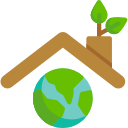Green roofing transforms rooftops into living landscapes, blending beauty with environmental resilience. As urbanization accelerates, eco-friendly roofing solutions have become integral to sustainable construction. Green roofs, composed of vegetation layers, offer numerous ecological, economic, and societal benefits. This page explores various facets of green roofing, detailing its significance and guiding sustainable building practices for the future.
Previous
Next
The Principles of Green Roofing
Central to green roofing is the harmonious integration of natural systems into architectural frameworks. Unlike traditional roofing, which focuses solely on protection, green roofing combines functionality with ecological stewardship by supporting living plants. This synergy enhances aesthetics, improves air quality, and fosters biodiversity within urban landscapes, creating spaces where nature and built environments coexist.
Types of Green Roofing Systems
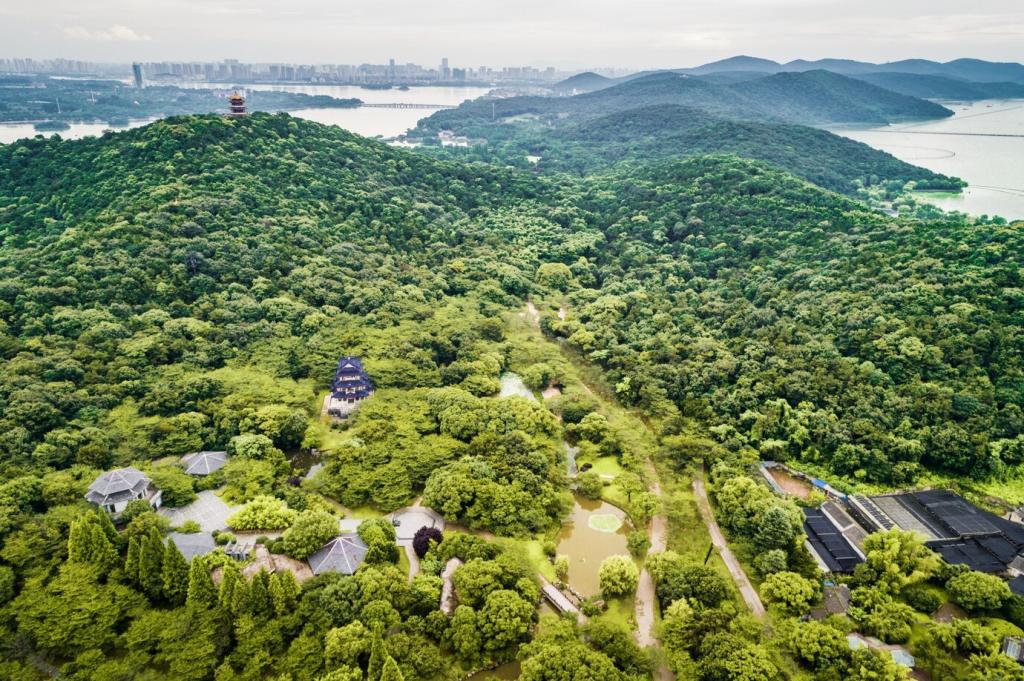
Extensive Green Roofs
Extensive green roofs feature shallower soil layers and lightweight construction, making them suitable for buildings with limited structural support. These systems generally host drought-resistant grasses, mosses, or succulents, and require minimal maintenance. Extensive green roofs provide basic environmental benefits—improving insulation, reducing rainwater runoff, and lowering roof surface temperatures—with minimal impact on building load.
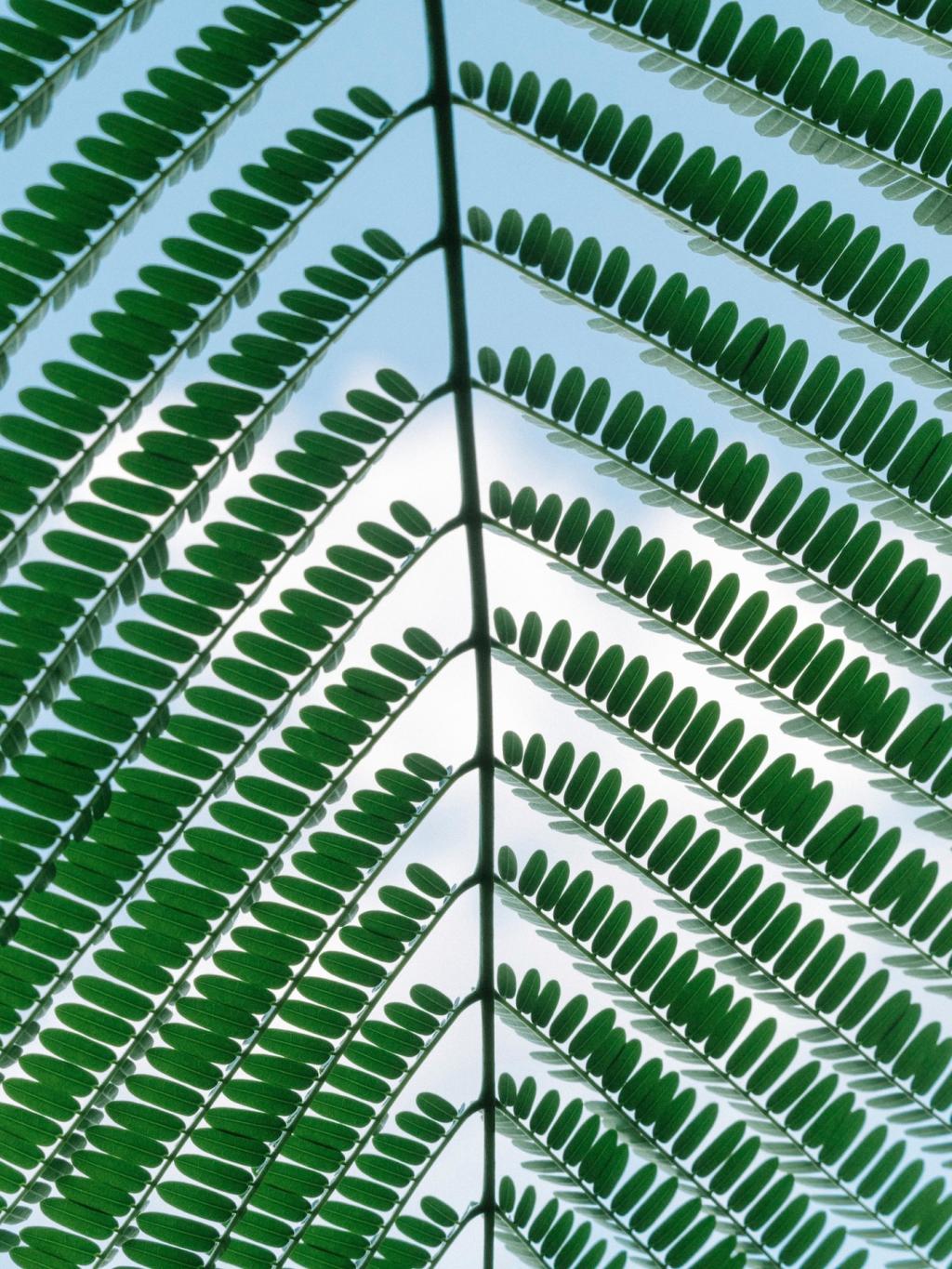
Intensive Green Roofs
Intensive green roofs are characterized by deeper soil substrates and robust support structures, accommodating a wide variety of vegetation, including shrubs, trees, and even small gardens. Despite their higher installation and maintenance requirements, these roofs create versatile rooftop spaces for recreation and gardening. Intensive systems deliver superior thermal performance, promote biodiversity, and significantly enhance property value.
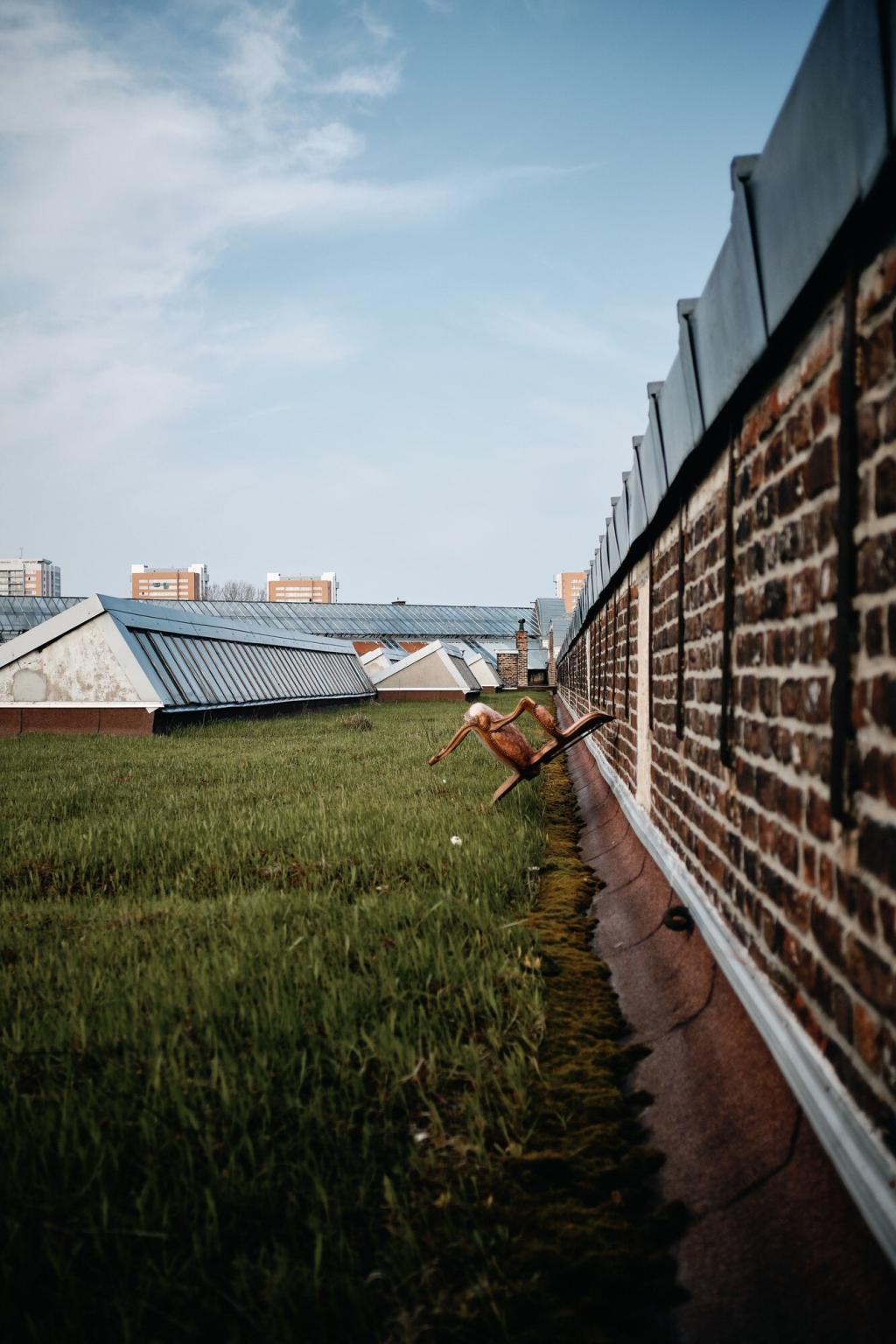
Semi-Intensive Green Roofs
Combining features of both extensive and intensive systems, semi-intensive green roofs offer moderate soil depth for a mix of low-growing plants and small perennials. They strike a balance between weight, maintenance, and environmental benefits. Semi-intensive roofs allow more design flexibility, supporting enhanced stormwater management and aesthetic diversity without the complexity of full-scale intensive systems.
Environmental Benefits of Green Roofs
Enhancing Urban Biodiversity
By introducing native vegetation into the built environment, green roofs provide essential habitats for pollinators, birds, and beneficial insects. Even small-scale green installations can serve as ecological stepping stones, enhancing urban connectivity for wildlife. As biodiversity increases, cities become more resilient to ecological disruptions and better equipped to sustain a variety of species.
Improving Air Quality
Plants on green roofs act as natural air filters, capturing airborne pollutants and particulate matter. The vegetation absorbs carbon dioxide and releases oxygen, leading to fresher, cleaner air around buildings. Through continued photosynthesis, green roofing reduces the atmospheric concentration of harmful compounds, contributing to healthier urban living conditions and mitigating the urban heat island effect.
Managing Stormwater Runoff
Green roofs absorb and retain precipitation, diminishing the intensity and frequency of rainwater runoff. Their substrate layers filter water before it reaches city drains, reducing pressure on municipal stormwater systems and lowering contamination in local waterways. This function is especially valuable in dense cities, where impervious surfaces exacerbate flooding and water management challenges.
Economic Advantages of Eco-Friendly Roofing
Green roofs substantially reduce heating and cooling expenses by maintaining more stable indoor temperatures year-round. This consistent insulation lowers peak energy demand during hot and cold periods. Over time, building owners realize persistent savings that offset initial installation costs and yield a favorable return on investment.
Materials and Technologies for Sustainable Roofs
Substrate and Growing Media
The growing medium is the bedrock of every green roof, designed to support plant health while minimizing weight. Engineered substrates blend organic compost with lightweight aggregates to deliver optimal nutrient availability and water retention. The choice of substrate influences plant selection, maintenance demands, and the overall ecological benefits delivered by the green roof.
Waterproofing and Root Barriers
Protecting the underlying structure is essential for green roof longevity. Advanced waterproofing membranes form an impervious layer, preventing leaks and water infiltration. Root barriers, typically made from high-density polymers, deter aggressive roots from damaging roof surfaces. When properly installed, these systems work together to maintain structural integrity and ensure the green roof achieves its long-term performance goals.
Irrigation and Drainage Solutions
Efficient irrigation and drainage are critical to sustaining healthy rooftop vegetation. Automated irrigation systems provide moisture during dry periods, reducing maintenance needs and ensuring plant survival. Integrated drainage layers direct excess water away from roots, safeguarding plants against oversaturation and reducing structural load. These technology-driven solutions optimize both water use and plant health throughout the seasons.
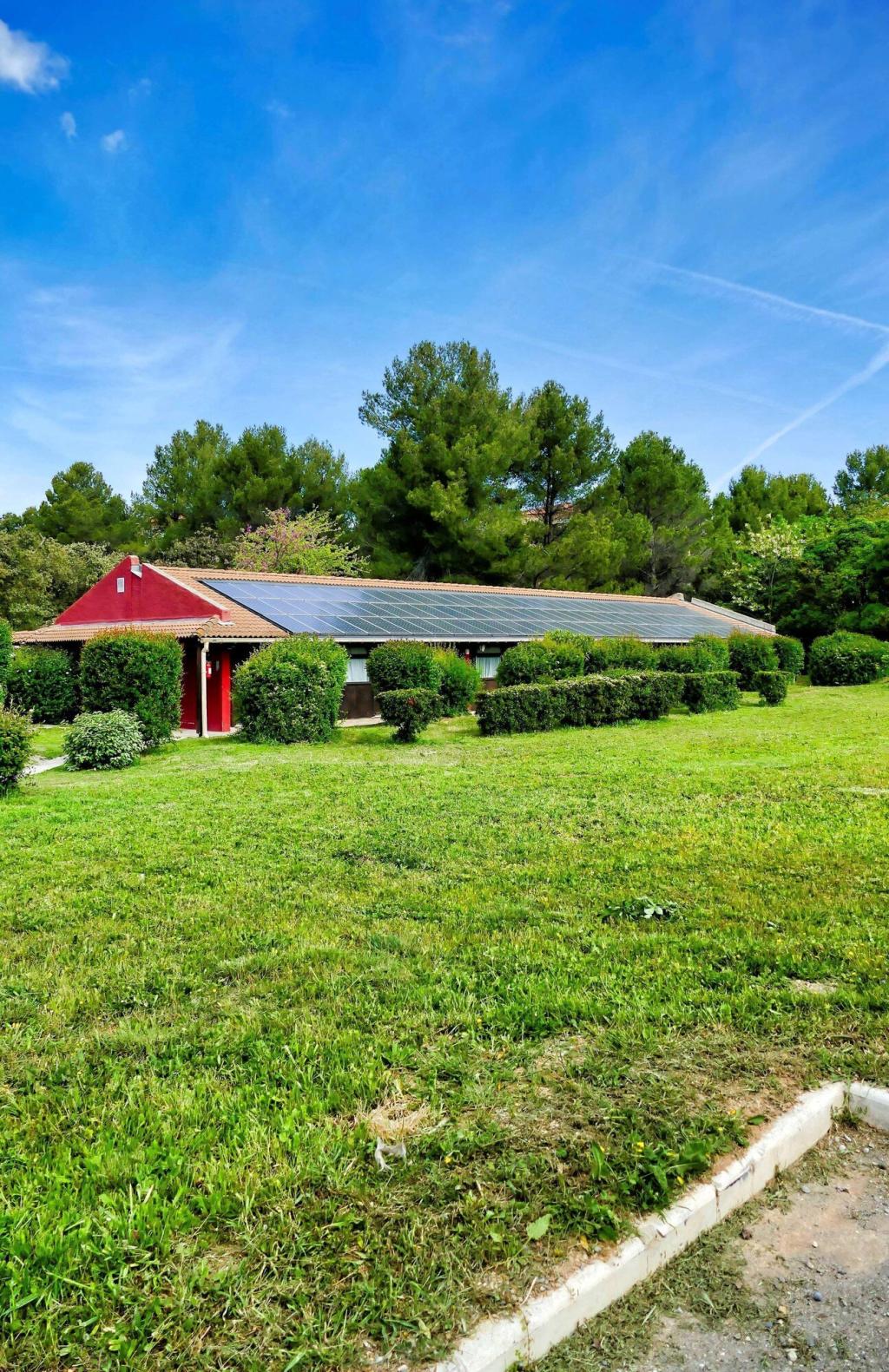
Assessing Structural Load Capacity
Before installation, it is critical to evaluate how much weight the existing structure can support. Engineers must account for the additional mass of soil, vegetation, and retained water during peak rainfall events. Retrofitting older buildings may require reinforcement, while new constructions can integrate green roofing requirements from the outset, ensuring safety and feasibility.
Selecting Appropriate Vegetation
The selection of plant species impacts a roof’s function, appearance, and maintenance needs. Designers should prioritize native or adaptive plants that tolerate local climate, resist drought, and require minimal intervention. Planting diversity supports ecological resilience and creates year-round green coverage, enhancing both ecological and aesthetic outcomes for the roof environment.
Planning for Maintenance and Accessibility
Long-term success depends on integrating maintenance strategies into the design. Considerations include providing safe roof access, incorporating walking paths, and installing monitoring systems to detect issues. Maintenance protocols vary depending on roof type and plant selection, but proactive planning minimizes future costs and ensures the roof achieves its sustainability promises.
Overcoming Challenges in Green Roof Implementation
Managing Initial Installation Costs
Investment in green roofs often involves higher upfront expenses compared to traditional roofing systems. These costs emerge from specialized materials, professional expertise, and additional structural requirements. However, creative financing, leveraging government incentives, and demonstrating long-term savings can help make green roofs an attainable reality even for budget-conscious projects.
Navigating Technical Complexity
From waterproofing intricacies to plant selection and integration with existing structures, technical challenges can be significant. Engaging experienced professionals and using proven materials and methods is paramount to overcoming uncertainties. Education and training for project teams can also minimize errors, streamline installation, and ensure consistent quality throughout the construction process.
Ensuring Ongoing Performance
Maintaining plant health, managing drainage, and addressing potential leaks demand regular inspection and prompt repairs. Overlooking these needs can undermine all the benefits a green roof provides. Implementing routine maintenance checks and establishing reliable service contracts ensures continued performance, extending roof lifespan, and safeguarding long-term investment.
